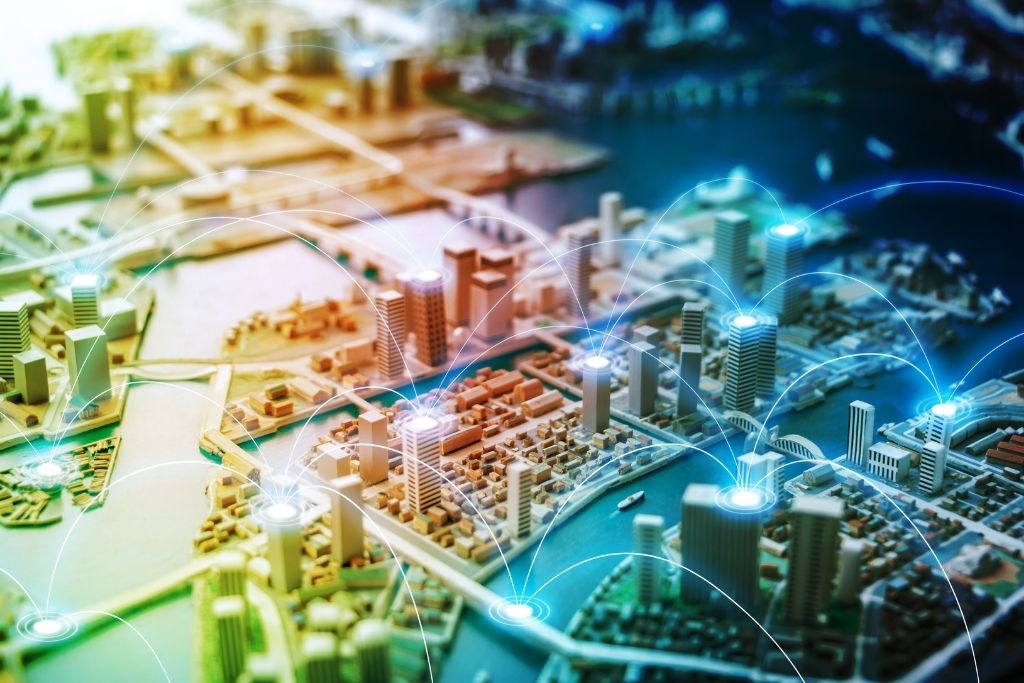
The cost of IoT devices will continue to fall while computing power will continue to rise. As these technologies become widespread, we will be able to use them for a variety of purposes. Given this, we thought it would be useful to put together an article discussing the benefits that the IoT can have on the infrastructure industry. If this is something that you want to learn more about, read on as we break down how the IoT can help improve the infrastructure industry.
Many cities and towns around the world are using IoT solutions to solve various urban problems, such as traffic congestion, and to improve the safety and quality of life of their citizens. By placing IoT sensors in various parts of a city and on different kinds of infrastructure, cities can predict future resource needs and ensure that money is invested wisely. This helps solve future infrastructure demands within society and ensure that new infrastructure assets are seamlessly integrated with the overall city network.
In order to prevent project delays, building firms have begun using Building Information Modelling (BIM). But during the COVID-19 lockdown, BIM has become increasingly important for firms to complete projects on time. With COVID participants unable to physically meet at the site due to travel restrictions, BIM can be used to effectively design ‘smart’ infrastructure projects. Once a building is complete, data from IoT sensors can be pulled into BIM to help manage operations. Smart buildings can help keep energy usage patterns in check, regulate temperature trends when needed, and more. As well as assisting with optimising the ongoing operations of an asset, the data can then be used to optimise future designs.
Currently, the construction industry in Australia is responsible for 18.1% of the nation’s carbon footprint. With global commitments to reduce greenhouse gas emissions, the Australian construction field needs to adopt sustainable methods and practices. Sustainable designs do not mean just using eco-friendly, energy-efficient materials or relying on intelligent prefab technology. It involves creating an IoT network and allowing energy companies to drive greater efficiencies.
New technologies are introduced, each with their own set of benefits when it comes to delivering information on time and keeping a project on track. For example, cloud-based systems integrate information from the IoT to deliver key insights into projects; these systems allow diverse information to merge into a single all-encompassing platform so that decision-makers can manage a project more effectively. With so many processes simultaneously at play, these systems give decision-makers in infrastructure construction companies the power to monitor, track, and analyse project performance 24/7. By reducing costs and mitigating risks in each project, these systems increase profits for the companies.
We hope this article proves to be useful when it comes to helping you gain a better understanding of how the IoT can help the infrastructure industry. As you can see, the IoT is set to completely revolutionise this industry and dramatically improve the way that this industry operates.
©2023 Ultravioletsim
Terms
Privacy